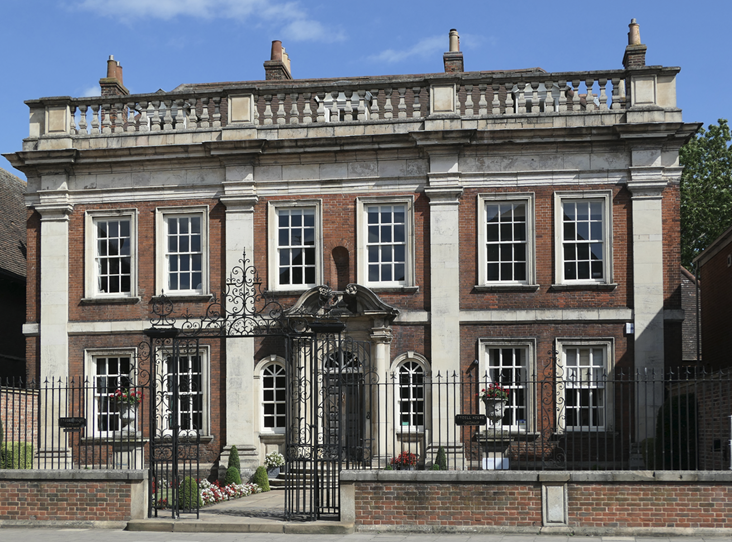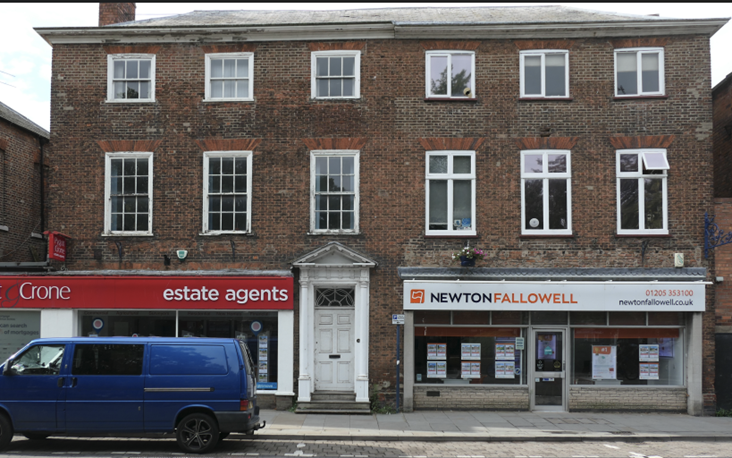Our visit to Boston
presented many overlapping and even contradictory impressions. Which one is the
real Boston?
The Market Place presented a prosperous 18th- and 19th-century
town, with an enormous parish church visible from everywhere around. A few
hundred metres away was Fydell House, an impressive 18th-century merchant’s
residence, with a lovely garden. The house was preserved by the Boston
Preservation Society, which indeed was founded to save this specific property.
Yet, revealed the warm and engaging curator, most of the garden disappeared when Boston build an inner-city bypass, John Adams Way, built as recently as 1976, but situated pretty much through the centre of the town. There does not appear to be any other bypass. There was an aroma of dope in most of the public spaces. In the Market Place, there were many adult males in ones and twos doing very little – I guess these were out-of-work immigrants. There were several employment agencies with people hanging around outside. There were people sitting or lying in doorways. Yet, as Jane pointed out, the immigrants, largely from when the UK was in the European Union, are still here, which suggests that what they left must have been worse.
Just a few yards from Market Place, the parish church of
Boston was busy with a wide range of people visiting, games available (there
was a Lego model of the church, and people playing Connect 4), and a café. We
were greeted on arrival. The church, one of the largest in England, has a
stunning tower (the “Stump”), and some of the most fascinating misericords (carvings
under wooden seats) I have seen anywhere. They date from the 14th century; I
don’t think many people notice them.
The town had hanging baskets and planters everywhere. I saw
two council workers collecting rubbish from the pavements. At various points in
the town there are examples of street art; the one I saw was a repurposed buoy
from the channel in the North Sea on the approach to the port.
One shopping area, around Rosegarth Square, seemed to be
completely derelict, with a large empty B&M supermarket. There was a sign
on the wall stating that the UK Government is investing £14.8m to regenerate
the square. There was no sign of any progress to date.
Pescod Square shopping centre, in contrast, was a pedestrian walkway with pretty much full occupancy by shops.
Boston’s MP, the Reform UK deputy leader Richard Tice, is a
multimillionaire property investor, educated (and formerly vice chair of
trustees) at Uppingham School. Boston and Skegness is the most deprived
constituency in Lincolnshire (although only ranked 112th most deprived in the
UK, which makes me worry about the 111 below it). You could ask what connection
there is between the privileged background of the MP and the poverty of the
constituency he represents. Why would people vote for him? You could of course
point out that many of the people sitting on the benches in Market Place would
not be eligible to vote; who would they have voted for? Until 2024 the seat had
always been Conservative; Tice overturned a Tory majority of over 25,000. The
constituency had the highest vote in favour of leaving the European Union in
the 2016 referendum.
Before visiting Boston, I consulted guide books, and even a
recent book about Lincolnshire (Edge of England, by Derek Turner, 2023), but
there was no mention of the clear lack of work and opportunity here in Boston.
How can you sum up Boston, given all the above? Of course,
there is no single vision of any place. But it’s a challenging question: if you
were running the government, what would you do for Boston? What could you do
for Boston?






No comments:
Post a Comment